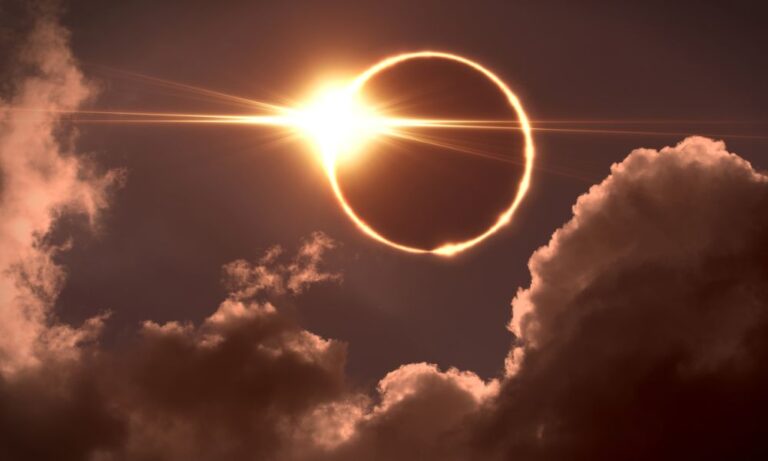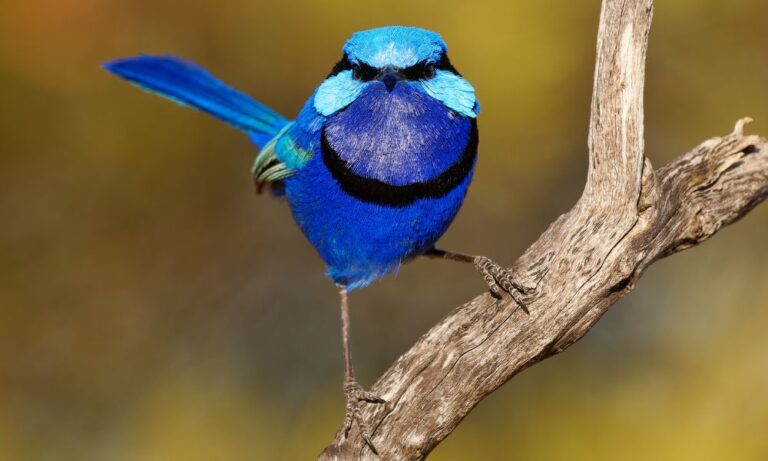The world’s tallest animal is at risk of extinction after suffering a devastating decline in numbers, with nearly 40% of giraffes lost in the last 30 years.
The “red list”, compiled by the International Union for the Conservation of Nature (IUCN), has also added more than 700 newly recognised bird species, but 13 of these are already extinct.
Wild relatives of important food crops, such as mangoes and sunflowers, are now in danger of extinction, cutting the ability to safeguard food supplies by breeding new varieties resilient to drought and disease.
But there is a little hopeful news with the rediscovery of a few species thought to have been lost.
The natural world is in the midst of a mass extinction as wild places are destroyed by conversion to farmland, mining and pollution, and animals are hunted in huge numbers.
In October, a major analysis found the number of wild creatures was on track to fall by two-thirds by 2020, compared to 1970.
The number of species assessed by the red list now totals more than 85,000, with more than 24,000 at risk of extinction.
The new list found the giraffe population had plummeted from about 157,000 to 97,500 in the last 30 years and the species had jumped two IUCN categories from “least concern” to now “vulnerable”.
As the human population in Africa rises, habitat loss from farming and deforestation, illegal hunting and the impact of civil wars are all pushing the creature towards extinction.
The updated list also includes a reassessment of all bird species, bringing the number analysed to over 11,000. More than 700 species were newly recognised, including the Antioquia wren from Colombia, endangered because more than half of its habitat could be destroyed by a single planned dam.
Thirteen of the newly listed bird species are already extinct, including the pagan reed warbler, having been wiped out by predators such as snakes introduced to their island homes.
The African grey parrot is one of the species at grave risk from hunting as it is prized as a talkative and long-living pet.
In some regions, numbers have plunged by 99% but all international trade in the bird was banned in October.
The cage bird trade in Asia is also driving many feathered species towards extinction, including the spectacular sunset lorikeet.
However, conservation efforts are cutting the risk to some of the rarest birds on Earth, including the Seychelles white-eye, once thought extinct but now numbering about 500.
The assessments of 233 wild relatives of crop plants found many were threatened by the expansion of farms into wild areas.
The wild relatives are a crucial source of genetic material for breeding new varieties that can withstand climate change and pests and which may be needed to help feed the world’s fast-growing population.
Recent red list updates have found the eastern gorilla and whale shark moving closer to extinction, while the prospects of the giant panda are improving.
Scientists report over 50% of the world’s land area is now dominated by human activity, with 9% of this change happening in the last 25 years.







